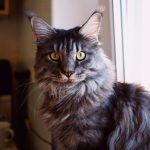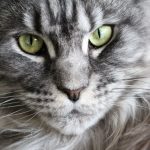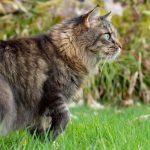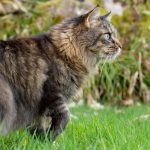The Maine Coon is the oldest breed of American domesticated cat and they come in a full range of colors. The most popular colors are the brown tabby and tiger striped, but they are available in reds, chocolates, fawn and just about every color combination that a cat can come in. They have a double coat that can be patterned on the top and solid underneath or vice-versa. Their coats are as unique as their wonderful personalities.
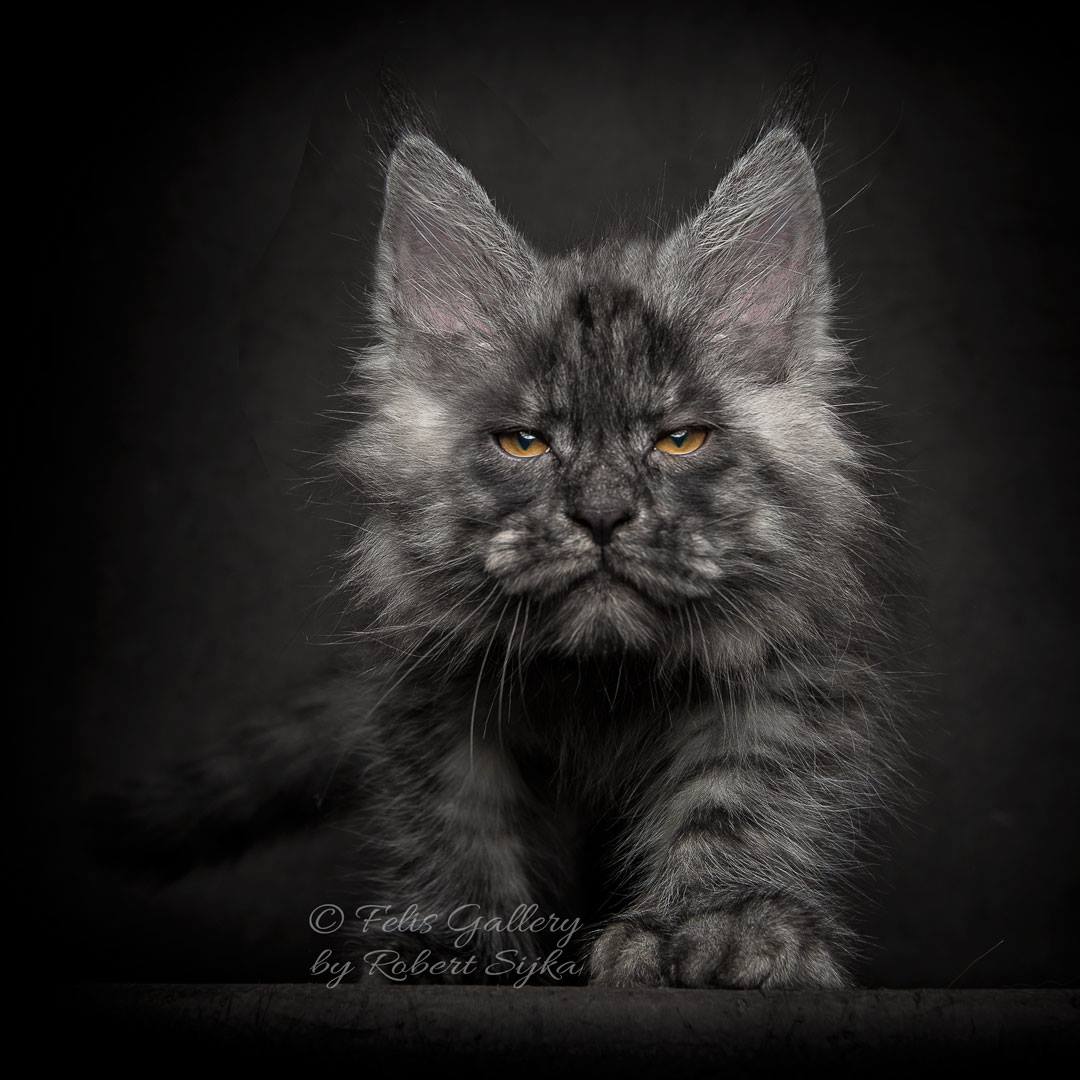
The most common solid colors are black, blue, cream and white. There are also part-colors that are common like white and tortie. These cats are natural breeds that very little history is known about. The assumption is that they are part tabby and part angora or some other long haired breed but there is no “official” heritage, so the common colors can run the gamut of a full range of combinations and colors. Almost all colors are accepted as the breed standard.
There are a couple of patterns that are not recognized by some of the breed standards like the “ticked” pattern (making the tabby pattern appear more like a salt and pepper pattern than the familiar tabby stripes).
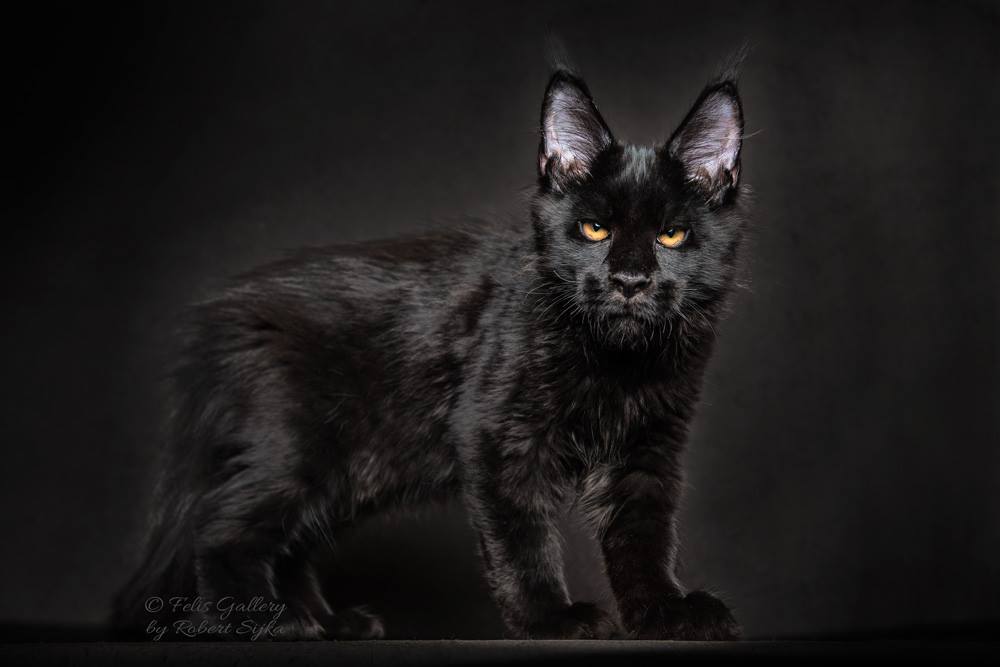
Jump to:
Hybridization
Maine Coon cats can also have hybridization colors like blue smoke, gray smoke, shaded silver, red smoke, shaded cream cameo, shell silver and other shades. Tortoiseshell, blue cream, calico van are also colors that are considered hybridization but that are accepted under the standard.
Breeders And Colors
Breeders sometimes specialize in a particular color but usually, there is no one favored color over the other. Breed standards state that white on the lips and chin is fine except in the solid color variety. Most breeders are not successful at breeding for color only.

Breeders have found themselves in a pickle when they try to breed for a particular color. They wind up with cats that have two different eye colors or that are polydactyl (extra toes). The most common colors are those that would have helped them blend in with their surroundings when they were still fending for themselves.
This natural breed simply does not react well when too many controls are put into their breeding. Their beauty is in their simple natural look. They are very large cats that evidently prefer their wild heritage that is not easily manipulated.
Photos by the amazingly talented Robert Sijka.

